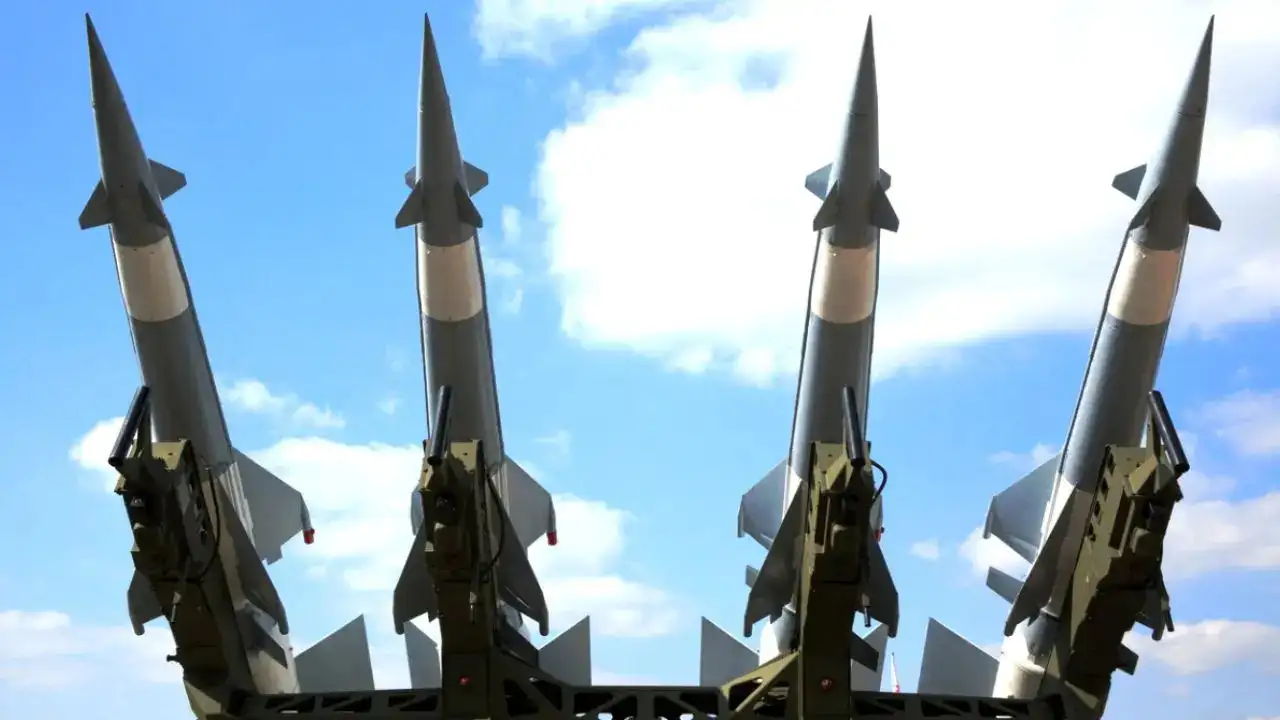Copyright timesnownews

China may have just broken the aerodynamics barrier. The Chinese military has unleashed a prototype missile that can "shapeshift" at speeds faster than Mach 5 - a capability long considered impossible. A study published in Acta Aeronautica et Astronautica Sinica gives more details about the "morphing" hypersonic missile. As per a report by The South China Morning Post, the missile uses retractable wings that tuck inside the fuselage for maximum speed. These can then be deployed to further boost lift and manoeuverability. The study, published on October 20, was carried out by a team led by Professor Wang Peng of the National University of Defence Technology (NUDT). As per the report, the wings of missile don't just work on an on/off function, but can be adjusted in real time, allowing the missile to alter its aerodynamic profile mid-flight. The researchers described it as the "holy grail" of hypersonic flight. "High-speed morphing vehicles represent a cutting-edge direction in next-generation aerospace platforms," the authors wrote. By dynamically adjusting their structure, such vehicles "demonstrate exceptional adaptability across wide speed and altitude ranges," allowing "dramatically improving manoeuvrability and mission flexibility". How The 'Shape-Shifting' System Works As per the report, the missile uses a complex control method that combines high-order system modelling and "super-twisting sliding mode control". The algorithm ran successfully on embedded processors - the type used in real missiles - achieving tracking errors under one degree with "smooth, chatter-free actuator responses". In other words, the wings can move without shaking the missile apart - which has proved to be a major hurdle in morphing technology. Dual-Use Tech, But Challenges Remain China says the tech could be used one day for civil hypersonic travel. But hurdles remain: visible gaps in the prototype raise questions about heat protection, structural stability and radar stealth. At Mach 5 and above, airframe temperatures can exceed 2,000°C. Mechanisms that move in that environment often come with the risk of failure - or catastrophic plasma intrusion. Preventing "control chattering", which can destroy the vehicle, remains the toughest task. China's Hypersonic Ambitions For years, Beijing has claimed that its hypersonic missiles can hit moving targets, including stealth jets and carriers - a claim that has, in the past, been dismissed by Western analysts. But China's demonstration of the CJ-1000 hypersonic cruise missile - believed by some to use morphing features - during a military parade, shifted the debate. The missile remained hidden in a sealed canister during the parade - sparking speculation and secrecy. Now, Wang's paper offers a rare glimpse into China's next-gen hypersonic ambitions - and suggests Beijing may be closer to shape-shifting missiles than rivals believed.



